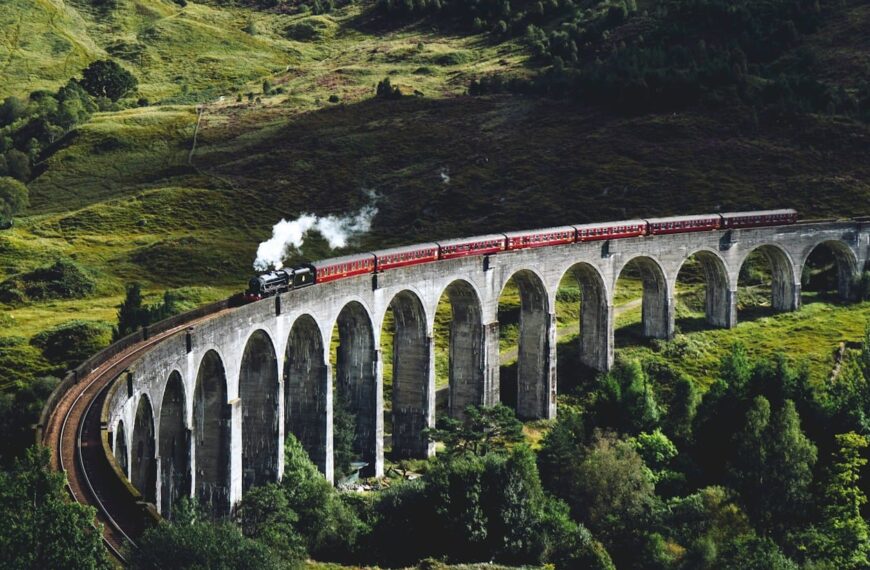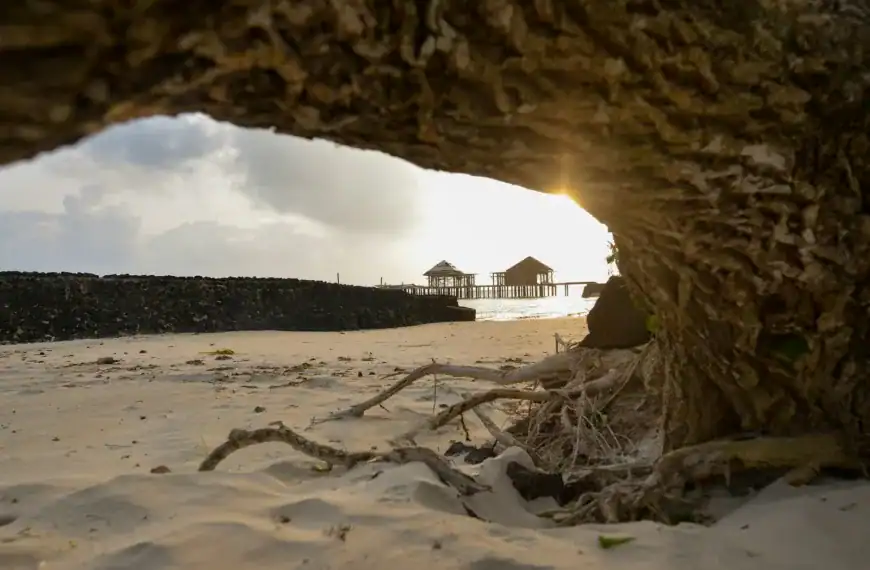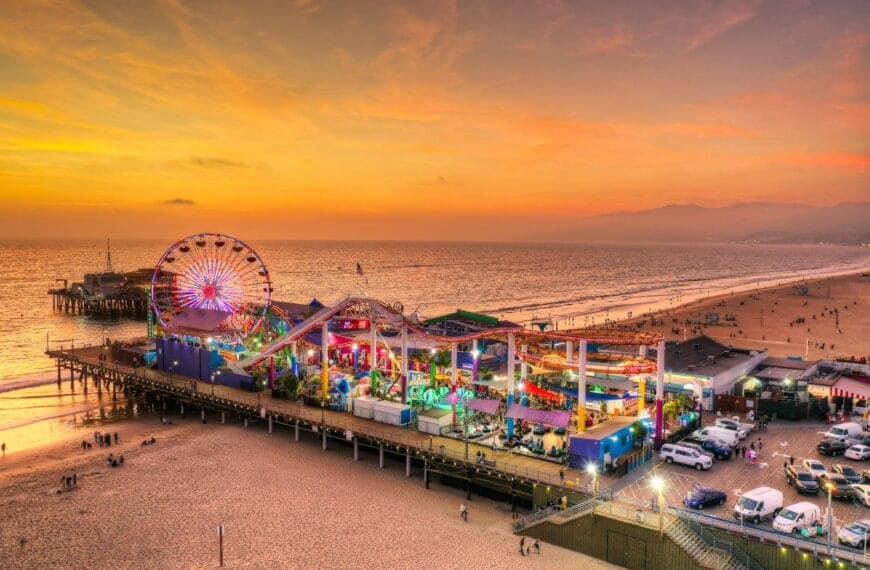London Natural History Museum: Best Tours and Exhibits
Intro to the Natural History Museum in London
The Natural History Museum in London is more than just a gallery of fossils and specimens — it’s a cathedral of discovery. Set in a breathtaking Romanesque building in South Kensington, this institution combines architectural grandeur with one of the world’s most significant collections of natural wonders. From towering dinosaur skeletons to glittering gems and interactive exhibits, the museum offers a sensory journey through Earth’s history, its ecosystems, and the evolution of life itself.
For families, researchers, and casual visitors alike, the museum sparks curiosity with every turn. The atmosphere is both educational and enchanting, inviting you to step back into prehistoric times, witness geological marvels, and immerse yourself in the story of the planet.
Why Visit the London Natural History Museum?
The Natural History Museum tour is one of London’s most visited attractions, drawing millions each year. Its appeal lies in the blend of science, spectacle, and accessibility:
- Cultural Value: Home to over 80 million specimens spanning botany, zoology, paleontology, and mineralogy.
- Educational Immersion: Interactive zones like “Investigate Centre” allow children to play scientist for the day.
- Architectural Marvel: The building itself, designed by Alfred Waterhouse in 1881, is adorned with terracotta creatures climbing its columns.
- Unique Access: Free general admission makes it one of the most accessible world-class museums.
Booking special exhibitions in advance, such as Wildlife Photographer of the Year, ensures access to limited events that often sell out quickly.
Iconic Landmarks and Historic Sites
Inside the Natural History Museum, several highlights stand out as iconic experiences:
- Hintze Hall – The grand entrance hall where a 25.2-meter-long blue whale skeleton, “Hope,” now suspends from the ceiling. It sets the tone for exploration on a monumental scale.
- Dinosaur Gallery – One of the museum’s most famous zones, featuring animatronic models, fossilized skeletons, and the crowd-favorite T. rex.
- Earth Hall – Accessible via an escalator that rides dramatically into a giant glowing globe, this area focuses on the power of earthquakes, volcanoes, and planetary systems.
- Treasures Cadogan Gallery – A curated space featuring highlights like Darwin’s specimens, a rare first edition of On the Origin of Species, and the Archaeopteryx fossil.
- Mineral Gallery – Showcases dazzling gems, meteorites, and crystals, including the legendary giant amethyst geode.
Each landmark balances spectacle with science, ensuring both awe and learning.
Museums, Galleries & Cultural Spaces
While the Natural History Museum itself is vast, it also forms part of London’s “Museum Mile” in South Kensington, alongside the Victoria & Albert Museum and the Science Museum.
- Victoria & Albert Museum (V&A) – Renowned for art, design, and fashion collections, it makes a perfect complement for those interested in culture beyond science.
- Science Museum – A hub of innovation with interactive technology and engineering exhibits.
- Natural History Museum’s Darwin Centre – A hidden gem within its walls, where visitors can glimpse scientists at work in state-of-the-art research labs.
This cultural cluster offers visitors the chance to plan a whole day (or more) around museums within walking distance.
Natural Attractions & Scenic Spots
Although primarily an indoor attraction, the museum is also a gateway to green spaces nearby:
- Hyde Park & Kensington Gardens – Just a short walk away, these vast royal parks invite strolls, boating, and even outdoor concerts in summer.
- Exhibition Road – The pedestrian-friendly thoroughfare connecting the museums, lined with cafés and seasonal events.
- Wildlife Garden – A small but delightful garden within the museum grounds showcasing UK native species and biodiversity.
- Serpentine Lake – A scenic spot within Hyde Park, ideal for paddle boating or a quiet lakeside break.
These nearby escapes balance the intensity of museum exploration with moments of calm.
Editor’s Picks
For a curated experience, consider these unforgettable moments:
- Sleepover at the Museum (Dino Snores) – Family-friendly overnight events where children camp among dinosaurs.
- Behind-the-Scenes Tours – Exclusive guided walks into scientific collections and labs usually closed to the public.
- Wildlife Photographer of the Year Exhibition – Annual showcase of the world’s best nature photography.
- Sensory-Friendly Mornings – Quiet visiting hours designed for neurodiverse audiences.
- Ice Rink at the Museum – A seasonal outdoor skating rink framed by the museum’s glowing façade (usually late November to early January).
Book immersive Natural History Museum tours and experience unforgettable things to do in London — from dinosaur encounters and fossil hunts to behind-the-scenes science tours and family-friendly discovery walks.
Unique & Unexpected Places
Beyond the headline galleries, there are quirky, lesser-known corners:
- Spirit Collection – Over 22 million preserved specimens, including a giant squid in a 9-meter tank.
- Microscope Labs – Interactive learning areas where visitors can examine specimens up close.
- Towering Sequoia Slice – A massive cross-section of a giant redwood tree, telling the story of centuries in its rings.
These unexpected details offer surprises even for repeat visitors.
How to Plan Your Visits
- Admission: Free, but book tickets online to guarantee entry during peak times.
- Special Exhibitions: Often require paid tickets; book early.
- Transit: Closest Tube stations are South Kensington and Gloucester Road.
- Time Needed: At least 3–4 hours to explore highlights, a full day for deep dives.
- Accessibility: Step-free access at Exhibition Road entrance, lifts available throughout.
When to Visit
- Spring: Pleasant weather, smaller crowds outside of Easter holidays.
- Summer: Busy with families, but extended opening hours.
- Autumn: Ideal for fewer tourists; Wildlife Photographer of the Year opens.
- Winter: Magical with the museum’s ice rink, but colder weather outside.
Early mornings on weekdays are best for avoiding crowds, especially in the dinosaur galleries.
Must-See Nearby Adventures
- Royal Albert Hall – Just across the street, a historic concert hall.
- Harrods – Iconic luxury shopping in nearby Knightsbridge.
- Kensington Palace – Royal residence and museum in Kensington Gardens.
- South Kensington Food Scene – Cafés, bakeries, and international cuisine clustered around Exhibition Road.
Savor the Local Cuisine
Pair your museum day with a culinary stop:
- Comptoir Libanais – Bright Middle Eastern eatery near South Kensington station.
- Dishoom Kensington – Bombay-inspired café, popular for breakfast or lunch.
- Da Mario – A cozy Italian spot once frequented by Princess Diana.
- Food Markets – Borough Market or Portobello Road Market for street food and artisanal snacks.
Travel Tips
- Visit on weekday mornings for shorter lines.
- Bring a reusable water bottle; refill stations are inside.
- Download the museum’s app for maps and exhibit guides.
- Special events like Lates (evening openings) sell out quickly.
- Combine with other South Kensington museums for a full itinerary.
Sample Day Plans
3-Day London Discovery
Day 1: Natural History Museum (morning) + Hyde Park walk + Kensington Palace.
Day 2: British Museum + Covent Garden evening.
Day 3: Tower of London + Thames cruise.
5-Day Family Adventure
Day 1: Natural History Museum full day.
Day 2: Science Museum + V&A.
Day 3: London Zoo + Regent’s Park.
Day 4: Greenwich + Royal Observatory.
Day 5: Thames Riverboat + London Eye.
7-Day Cultural Immersion
Blend the Natural History Museum with other icons like the National Gallery, Tate Modern, and Shakespeare’s Globe, balancing science and art across a week.
Local Secrets
- Hidden side staircases provide quieter routes between floors.
- Many exhibitions rotate — check for limited runs.
- The museum gift shop sells exclusive fossils and mineral replicas.
- Free public lectures often happen in the Darwin Centre.
Ideal Seasons
- Spring: Blossoms in nearby gardens, fewer crowds.
- Summer: Busy but full of outdoor events nearby.
- Autumn: Cultural season with festivals across London.
- Winter: The museum’s architecture feels especially dramatic in seasonal lights.
Moving Around
- Nearest Airport: Heathrow (35 minutes by Tube).
- Tube Access: South Kensington is 5 minutes’ walk.
- Ride Apps: Uber and Bolt widely available, but taxis may be faster during peak Tube hours.
- Walking: Safe, well-lit streets make walking to nearby attractions simple.
Stay Close to the Action
- South Kensington – Family-friendly, with easy access to museums.
- Knightsbridge – Upscale, near Harrods and Hyde Park.
- Paddington – Convenient for airport transfers, mid-range hotels.
- Covent Garden – For those wanting nightlife and theatre access.
What to Know Before You Reserve
- Some exhibitions are ticketed separately.
- School holidays mean long queues; book timed entry slots.
- Group tours allow skip-the-line access.
- Photography is allowed but flash is restricted in some galleries.
- Cloakrooms are available but can fill quickly.
- Guided tours often include museum history and hidden collection highlights.
Accessibility & Special Considerations
- Step-free routes and lifts throughout.
- Wheelchairs available for loan.
- Audio guides and large-print maps on request.
- Sensory-friendly events for neurodiverse visitors.
- Baby-changing facilities and family restrooms included.
Nearby Tours
Buckingham Palace | Kensington Palace | London Eye | Tower of London | Westminster Abbey
Where to Go Next
After exploring the Natural History Museum, consider expanding your London trip to British Museum, or even Stonehenge for more history and heritage.
Discover the best of London with Skaiya Travel Guide — from the timeless wonders of the Natural History Museum to hidden corners of the city waiting to inspire your next journey.










